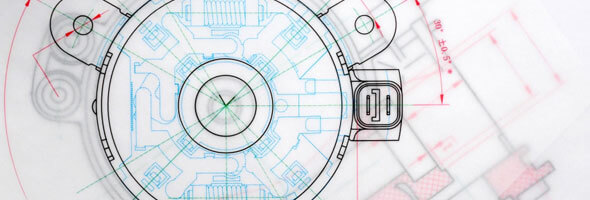
EU: General court decision reiterates the importance of clarity in graphical representations
May 2017, London
The EU General Court, in Mast-Jagermeister v EUIPO[1], considered an EUIPO Board of Appeal Decision on a Registered Community Design application for ‘beakers’.
The decision focused in part on an examination report which was drawn up in respect of the Community Design Applications 2683615-0001 and 2683615-0002. The examiner explained that the indication of the product, namely ‘beakers’, did not correspond to the representations filed, which showed both beakers and bottles.
The Court agreed with the Board of Appeal that as the representations showed two products, they were unclear as to what particularly was to be protected.
Art.36(1) of the Community Design Regulation (No.6/2002, the “CDR”) imposes mandatory conditions for applications for registration of designs. These are: a request for registration; information identifying the application; and representations of the design which are suitable for reproduction.
The Court decided it was necessary to determine whether Art.36(1) applies “only to situations where the representation of the contested design is ‘physically’ muddled or vague” as a result of poor print quality for example, or whether it applies also to “a lack of precision, certainty or clarity” regarding what was intended to be protected by the registration.
Art.36(1)(c) requires that applications must comply with conditions set out in Regulation No.2245/2002, Art.4(1)(e) of which states that the design must be “of a quality permitting all the details of the matter for which protection is sought to be clearly distinguished”.
The Court used this wording to conclude that Art.36(1) applies to situations where representations lack clarity in more than a physical sense, and therefore upheld the Board of Appeal’s decision that the representations showing both beakers and bottles did not fulfil the requirements imposed by Art.36(1).
Comment
This decision further emphasises the need for representations of designs to be clear. Any confusion with the representation of the design will not necessarily prevent the design from being registered, but, in addition to potential difficulties in enforcing the registration, could delay the registration process whilst the problem is rectified. Art 46 of the CDR states that the date of filing the application is to be fixed as the date on which the deficiency relating to Art.36(1) is rectified. A change in the filing date of an application can be problematic for priority claims and calculating grace periods.
[1] Mast-Jägermeister v EUIPO, Case T-16/16, 9 February 2017
Originally published in DesignWrites 10th Edition.








